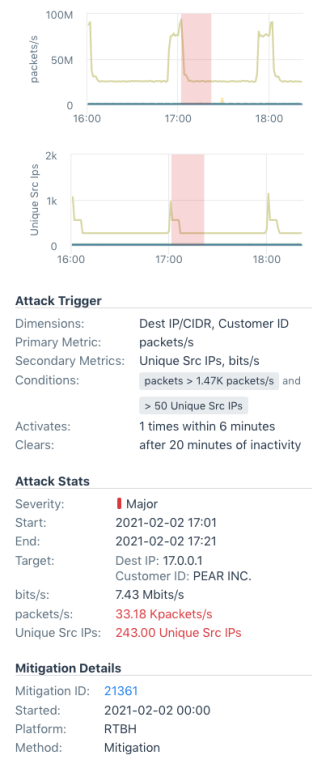OTT Service Tracking gets a facelift and is now Capacity awaar
A lot of exciting news on the OTT Service Tracking workflow front this June 2021: not only does the entire workflow get a significant facelift, but our users are now able to visualize the state of capacity under every single OTT delivered via their networks, and drill in on the performance and audience impact ! See for yourself.
A significant UI/UX refresh
While working on adding this new functionality to the OTT workflow, information density has significantly increased, making the existing workflow harder to read. We have taken this opportunity to streamline it and reorganize content in it to make it clearer for users.

These screenshots illustrate the newly streamlined UX of the OTT workflow. We are now showing OTT traffic ranking in each category, where we initially only showed links to the different OTTs.
The engine classification rate which used to be a pie chart has also been reworked into a horizontal gauge to give more room to the actual usable data.
We have also reworked the OTT Service Details pages, not only to include OTT capacity, but also to better segment information in it:
- An overview screen has been added that now shows comparisons/rankings to similar OTT services and ranking within the provider it’s part of.

- The connectivity tab holds the usual former traffic slice-and-dice for the selected OTT service.
- A new “subscribers” tab has been added which both holds augmented subscribership data for this OTT, and also a performance section allowing the users to slice and dice Mbps/Subscriber based on site, provider, connectivity type or any combination of these. The latter was not previously available in the OTT workflow.
Capacity as a Net New Functionality for the OTT Workflow
This extension of the OTT Service Tracking workflow was designed to meet the following requirements:
- Being able to scorecard OTT services based on the capacity available to deliver them to the subscribers
- Being able to dive into the details and see each interface on the edge of the network participating to the delivery of these OTT services to the subscribers
- In case of high interface utilization, being able to determine the performance impact to subscribers whenever possible as well as the amount of impacted users.
We are now by default scanning the capacity for the top 100 OTT services for each customer and presenting the results in the Capacity tab of the landing page for the OTT workflow. Each treemap displayed on this page is a representation of traffic delivered by each interface (all devices included) and its utilization status.

The OTT service details page now also includes a tab for Capacity, providing an in-depth look at all devices and interfaces. The treemap shows all interfaces, and the list underneath is the list of devices involved. Each device entry listed below the treemap displays the contribution of its interfaces to the current OTT service and can be expanded to get details.

When expanding any device from the list, the user will see the details for each interface on the device involved in the delivery of this OTT Service.

Any interface within a device can also be expanded to display metric details around performance and the number of impacted users, taking into account the thresholds set for capacity in the workflow configuration.









































